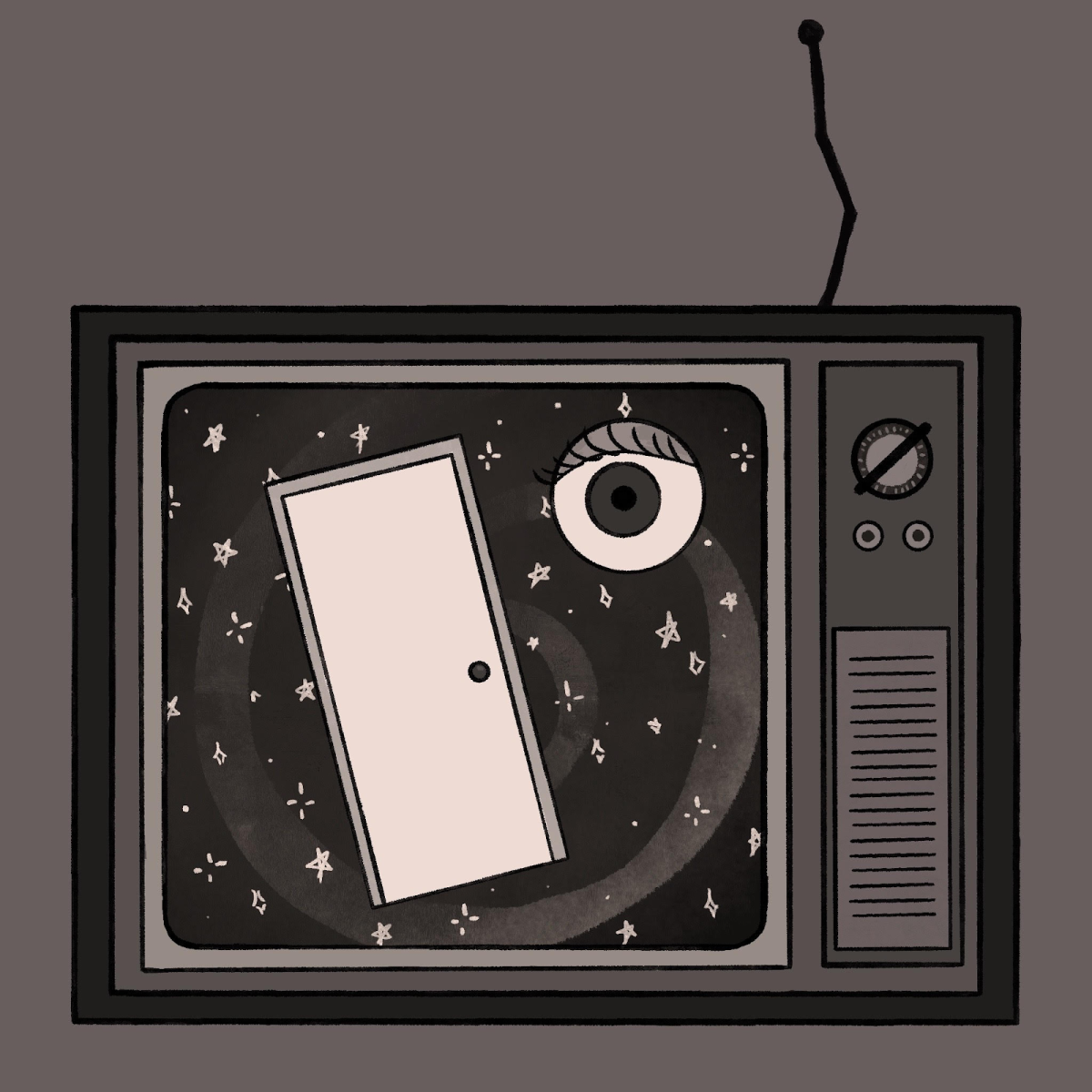When I was in elementary school, “The Twilight Zone” was easily one of my favorite shows — because my parents were cautious about what I watched, my options were somewhat sparse. I can’t take credit for finding “The Twilight Zone” on my own; it was passed down to me from my dad, who would watch it when he was home sick from school. I watched “The Twilight Zone” so frequently that some of my dreams would become like episodes of the show, Rod Serling monologues and all. Being about nine when I first watched “The Twilight Zone,” I didn’t understand the deeper implications of the episodes, but the fragmented ideas that I could grasp stuck with me. Granted, many of these ideas were newfound worries that I might just be a mannequin come to life. Still, episodes involving false reality or white-pickett fence neighborhoods turning against each other stuck with me, even in the years after I stopped my regular rewatches.
“The Twilight Zone” aired its first episode on Oct. 2, 1959, and ran for five seasons over the following five years. Rod Serling, the creator of “The Twilight Zone” — and a legend to science fiction lovers, horror fans, and short people alike — was heavily involved with the making of the show, writing well over half of the 156 episodes. Some of the episodes not written by Serling were written by famous authors; Ray Bradbury (author of Fahrenheit 451, among many other books) wrote the script for the episode “I Sing The Body Electric.”
The ‘60s Twilight Zone is unbeatable, with its original plots and interesting spins on common what-ifs. It explored common themes, but was able to do so in a manner that felt new. In the episode “Nothing in The Dark,” an old woman, who has spent her entire life fearfully running from Death, accidentally invites him into her house after he poses as an injured police officer. The episode offers a refreshingly comforting view of death, with Death gradually gaining the trust of the old woman before she realizes who he is. In the end, she willingly leaves arm-in-arm with him. While it’s impossible to summarize the entirety of “The Twilight Zone,” many episodes ask if a desire — like immortality or wealth — is worth the price that comes with it.
With its memorable episodes and imagery, “The Twilight Zone” has inspired many references and parodies in popular film and television. It seems that “The Twilight Zone” is the half-alive horse producers can’t help but beat. Having been in the pop-culture zeitgeist for over 60 years, there have been multiple attempts to reboot the series, from a movie to several TV shows. However, all of the reboots have fallen flat in comparison to the original Twilight Zone. Franklin Dystopian Literature Teacher Samuel Hutchinstein blames this in part on the reboots “[becoming] self aware.” They try too hard to imitate the ‘60s series, and in doing so, fail to capture the charm and originality that made the ‘60s series so interesting. With the 2002 Twilight Zone reboot’s opening sequence bearing a closer resemblance to a Dave & Buster’s commercial than any of the original show’s introductions, it’s far from a mystery to me why it only ran for one season — the shortest of any other Twilight Zone reboot. Despite its many failed reboots — the most recent of which being narrated by the acclaimed director Jordan Peele, and running from 2019 to 2020 — “The Twilight Zone” is still viewed fondly by many.
Much of “The Twilight Zone” carries a deeply cynical view of humankind. Due to the heavy censorship of the ‘60s, science fiction elements — like aliens — were frequently used as a stand-in for real issues that otherwise would not have been allowed to be shown on television. Aliens would regularly be used to portray the prejudice ingrained in our society, with many of the episodes showing aliens landing in mid-century American suburbia. “Pulling it into the absurd is a way for people to approach difficult subjects,” Hutchinstein says. “You learn a little bit about the world we live in.”
However, not every episode of “The Twilight Zone” revolves around a dark and serious topic. Some episodes cover the more mundane, like a person coming to terms with enjoying their life as it is. Scattered among the cynicisms of “The Twilight Zone,” some episodes look at the nature of humankind fondly. It offers us the idea that while many things in this world are bad, you do not have to be, and not everyone is.
“The Twilight Zone” has carried its relevance for over half a century. Underneath the bulky machinery, belted space suits, and generally very outdated special effects lies a thoughtful exploration of humanity as a whole. Without laughable special effects like a Party City-esque teddy bear costume clinging onto the wing of a plane — “Nightmare at 20,000 Feet” — “The Twilight Zone” wouldn’t be the same. From the plot to the visuals, “The Twilight Zone” is an iconic piece of media, and a staple of the horror genre.

































